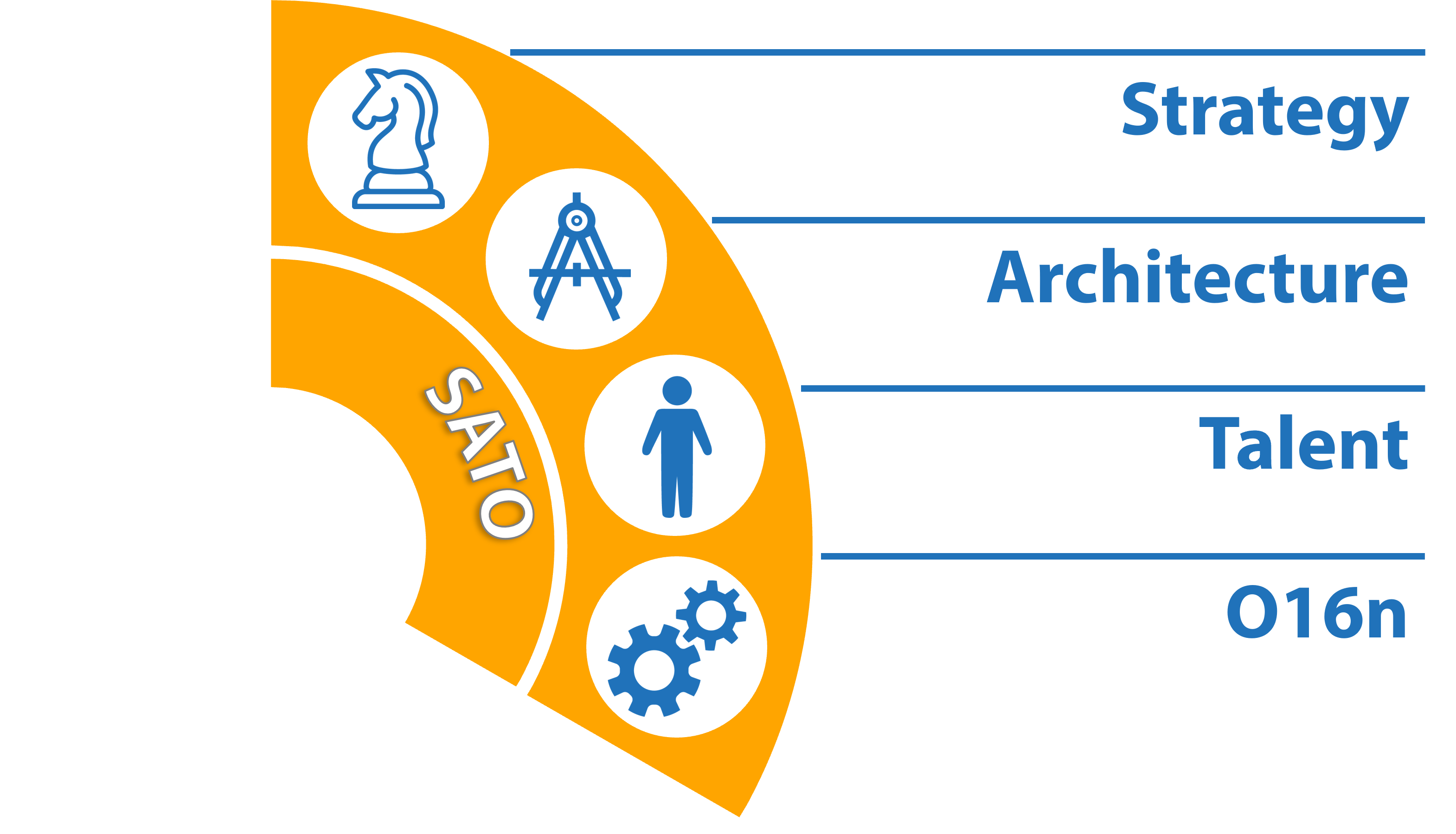If someone asked you what I do for a living, would you know what to say?
My own brother asked me last month, “What exactly do you do?” It was during a family dinner that my dad decided to throw because my brother was in town and Dad’s always looking for a reason to get the family together. Sad thing is, when he asked the question, my whole family stopped what they were doing and stared at me, to see what my answer would be—as if they just met me!
When people ask me what I do for a living, I tell them “I help leaders improve organizational performance.” It is what I do, but I’m purposely vague, for their sake. There is no concise way to explain what I do. And, it did not take long to realize that nobody wants to hear the long answer. So, I keep my answer short and sweet and see where the conversation goes.
After ruminating a bit on how best to communicate my value proposition, I finally found a way of thinking. The best way to understand what I do is by looking at the work that I have done. This falls into four general categories that I call SATO: Strategy, Architecture, Talent, O16n. O16n stands for Operationalization, which has way too many syllables, so I shortened it.
Strategy, as I learned it, is the frame that an organization uses to make its most fundamental business decisions (this the most ambiguous word I know, so we have to clarify). A couple of years ago I helped a $1B High-Tech firm develop a strategy to grow five-fold (i.e., to $5B) within four years. We clarified a strong vision, refined their markets, crystallized their competitive advantage, and aligned on how they will position their products and services. We also fleshed out key capabilities needed, growth path, and systems required to support the future firm.
Architecture is my mental frame for Organization Design (OD). I approach OD like a skilled craftsman. I consider myself the Louis Sullivan of OD. A large shipping company hired me to redesign their organization in support of a major transformation. I worked with top leaders to understand the basic workflows that make their business run and used that information to restructure reporting lines and build a new operating model for how everyone would work together more efficiently.
Talent is all about the people. Whenever an organization makes a change, like the two companies I just talked about, the people in that organization are impacted. So, it is best to make sure everybody is on board with where they are going and they have a pretty decent experience throughout the change journey. The industry term for this is Organizational Change Management (OCM)—another terrible term. But it is what it is. I have managed change on numerous efforts over the last ten years or so—too many to count. I guess the one that stands out was a $3B business unit for a large, multi-national oil & gas company. I led the change effort to support a leaner and more efficient organization based on a dramatic strategic shift. We made sure everyone was aware of where we were going and why. We also made sure people were heard and that we incorporated their voice in the final design of the business unit.
Operationalization (O16n) is where the rubber meets the road. All the strategy, OD, and even talent in the world means nothing unless you make it all work together. This is probably the toughest work that I do. It’s not easy turning a PowerPoint deck into a live, functioning organization. Over the last couple of years, I worked with a Chief Digital Officer and his leadership team to implement a radical Digital Transformation. We consolidated over 40 decentralized IT departments into twelve digital delivery platforms, supported by one foundational platform . The strategy and design was handed down from another big consulting firm, and our job was to make it work. Easier said than done—I’ll just leave it at that.
So, there you go. I simple way of thinking about what I do (at least for today) is SATO: Strategy, Architecture, Talent, and O16n. But, if someone does ask you what I do for a living, just tell them, “he helps leaders improve organizational performance.” It’s easier that way.

0 Comments